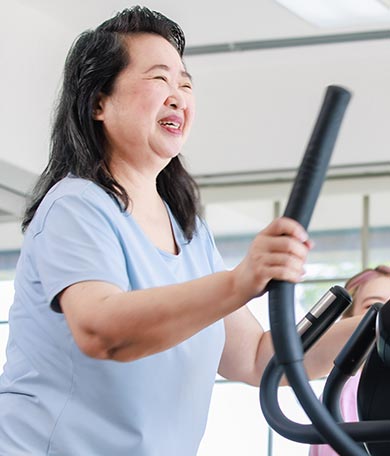Cardiac rehabilitation is designed to improve heart recovery, improve your ability to function and prepare you for future daily activities.

Straub Benioff Cardiac Rehabilitation
Cardiac rehabilitation is a medically supervised, exercise-based program at Straub Benioff Medical Center. The Straub Benioff Cardiac Rehabilitation program is designed to improve the cardiovascular health of individuals who have had a heart attack, heart surgery or other form of heart disease.